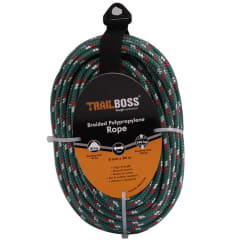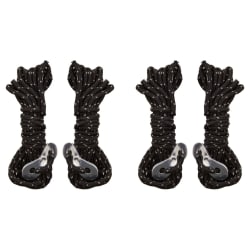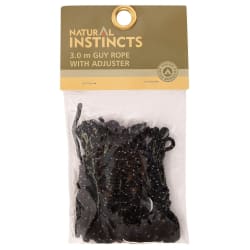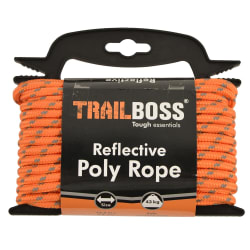Know Everything About Different Rope Types
Choosing the right rope for the job is not easy. Learn more about our different range or ropes in order to find the right one for you. Our in-store experts can also help you find the right rope for any job.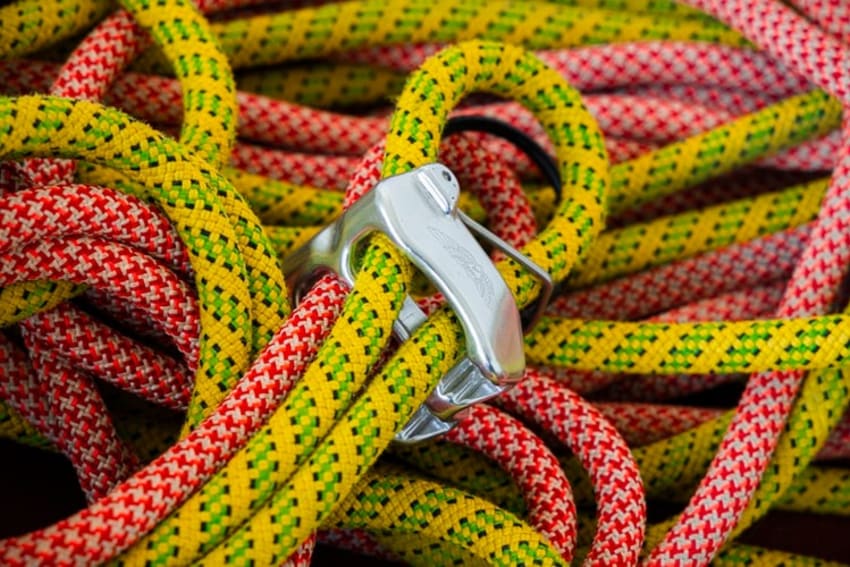
Understanding different types of rope:
- Polyester Rope
Multi-purpose, used for guy ropes, tie-downs and static lines, but not for loads subject to sudden changes. UV-resistant, waterproof, does not lose strength when wet (but does sink), slices easily, holds knots well, has excellent abrasion resistance.
- Polyethylene (ski) rope
Inexpensive, light, strong, can float. But not UV-resistant. Also, knots in this rope are virtually impossible to undo and a tight knot may weaken the rope. - Nylon rope
Typically used for climbing. Also makes a great snatch rope, as it has good shock-absorbing properties, is wear-resistant and impervious to UV light and chemicals. But it can lose strength when wet; plus it can stretch up to 35%, so calculations must be made carefully.
- Polypropylene rope
Used for retrieving, towing, splicing and making bridles. Probably the lightest, cheapest, synthetic rope. Durable in all weather, resistant to chemicals, can float, won’t rot or mildew if stored wet and won’t shrink back to its original size when it dries.
Natural rope
- Made from materials like manila, hemp, cotton, linen, coconut-husk fibre, jute, sisal, and even hair. Perfect for temporary structures as it can be left behind to biodegrade. Not suitable for permanent fixing, as it deteriorates and weakens over time.
Let’s unravel Rope Terms:
- Abrasion Resistance: The degree to which a rope can withstand surface wear and rubbing.
- Breaking Strength (BS): The force required to break the rope under controlled conditions; also known as tensile strength or load.
- Work/Working Load: The maximum load weight recommended for safe working conditions.
- Bridle: Two ropes intersecting another rope to stop it from recoiling if it fails.
- Creep: The slow stretch of synthetic ropes under high temperature or great strain.
- Dynamic Load: A sudden or rapid force applied to a rope, caused by stopping, jerking or swinging.
- Guy ropes: Lines used for steadying, guiding or holding something.
- Linear density: Weight per given unit of length; for example, kilograms per 100 metres.
- Snatch rope: Towing or recovery rope which stretches, using its own kinetic energy to help move the stuck vehicle.
- Splice: To join two ropes by interweaving strands or braids.
- Torque: The tendency of a rope to rotate under load.
Rope Safety Tips:
- Always wear gloves when working with rope. Thin rope, especially nylon, cuts into the skin easily and can cause a range of injuries from light to serious.
- Never stand next to a rope that’s under tension. If it fails, it could recoil with lethal force. Synthetic rope has higher recoil tendencies than natural fibre rope.

